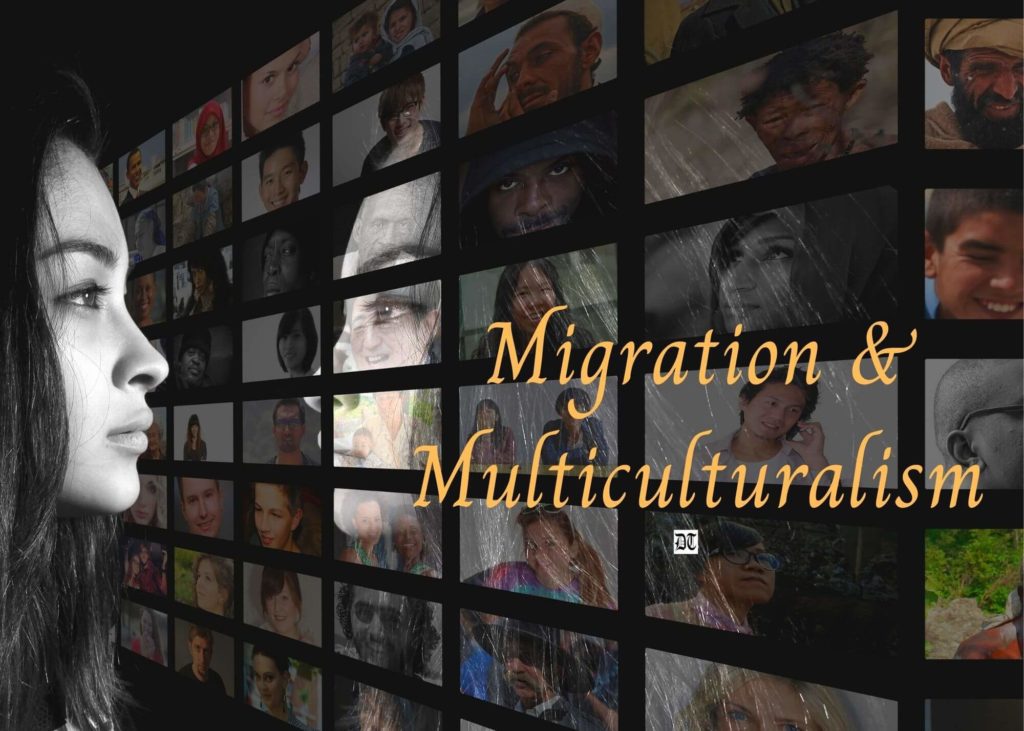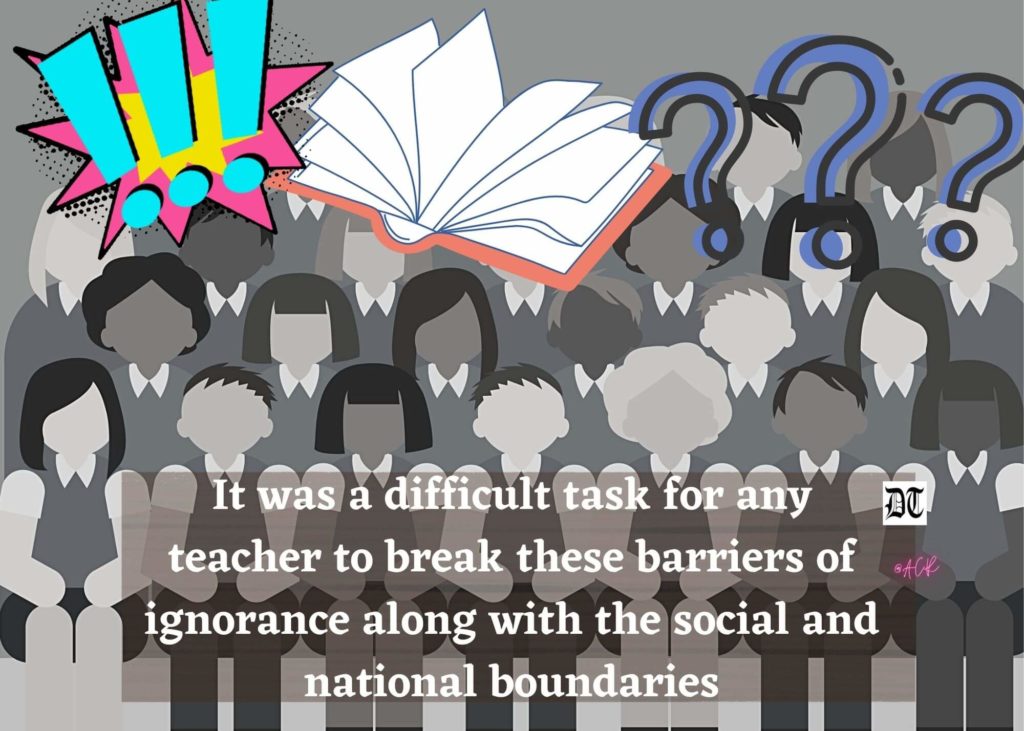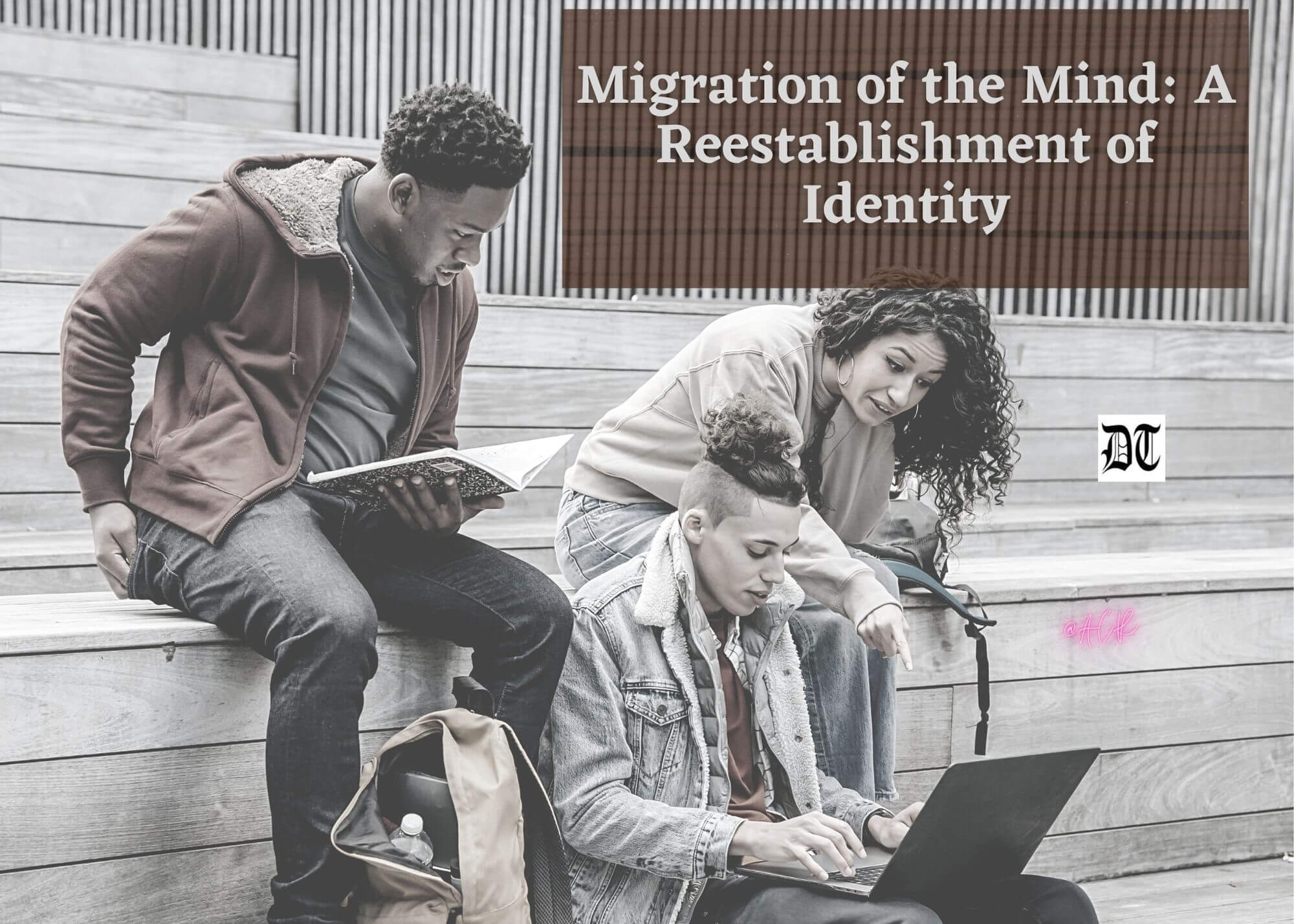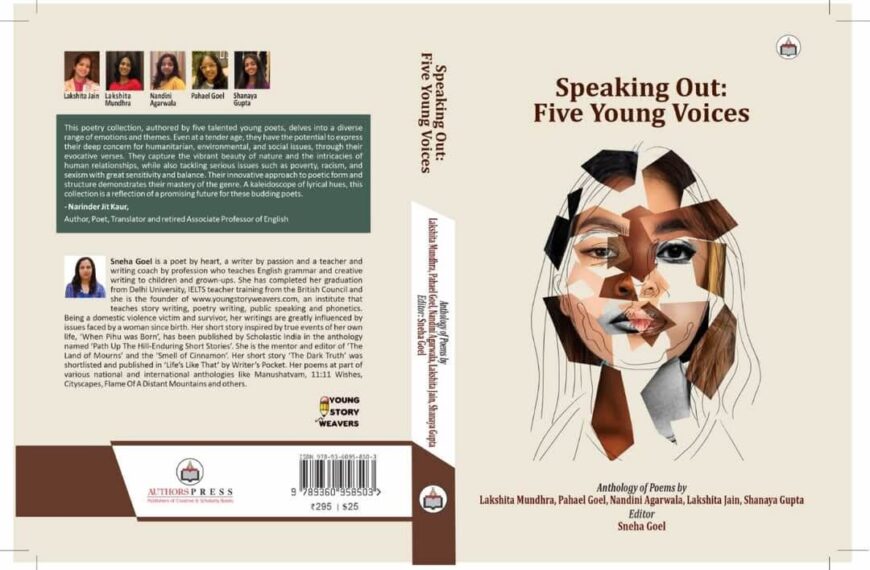Students from varied nationalities, states and languages came together sharing information about culture, language, and lifestyles. It encouraged interest and acceptance among the classmates for each other, informs Dr. Deepanita. An exclusive for Different Truths.

“Where the mind is without fear…”. Well, the mind is constantly in search of that perfect unknown land. The land of dreams, the land of hope and the land of opportunities and equality. It is the mind that meets migration when a person tries to resettle in a different land.
A land away from a person’s origin. A land which promises a better life. And a land that gradually gives you a different identity. An identity of a migrant. Does this recognition affect our daily life? Not practically but emotional effects are quite certain.
In a profession of teaching, I interact with students belonging to different demographic diversity. It gave me new experiences to witness the effects of migration among college students.
In one of my undergraduate classes … I was intrigued to see the heterogeneous mix.
In one of my undergraduate classes with approximately 120 students, I was intrigued to see the heterogeneous mix. Some were localities, some belonged to different states of India and few were from neighboring countries. It was interesting to see all of them clubbed, in one class, to study English Literature.
Different Cultural Backgrounds
The different backgrounds and cultures were evident in the class with the kind of seating options these students had selected for themselves. The different spaces that the students had chosen in the classroom also gave a sign of how they were facing their resettlement in a new place and in a new college.
The corner benches, the back benches and the front benches were occupied according to the statuses of dynamic groups and places.
The corner benches, the back benches and the front benches were occupied according to the statuses of dynamic groups and places. All teachers encourage students to mingle with each other but somehow an unseen boundary was visible in the classroom.
The challenge was to talk about William Wordsworth to a class. They belonged to different parts of India and neighboring countries like Afghanistan, Uzbekistan, and Sri Lanka. It was an undergraduate class. The students were expected to be taught about the background, history, culture, and the language of the poet.
While beginning with the lesson when I started talking about Wordsworth, I realised that some had never heard about him. Some know a lot about the poet, while a few were confusing William Wordsworth with William Shakespeare.
Social and National Boundaries
It was a difficult task for any teacher to break these barriers of ignorance along with the social and national boundaries. The difference in the graph of knowledge and information was vast. And I came across opinions forming about students belonging to particular states and particular vernacular backgrounds. It was disappointing.
Teaching literature, explaining the transformation and sensibilities of a Romantic poet became an arduous task. One fine day, I decided to ask students about their cultures and languages they speak. Very enthusiastically all participated. Many of them talked about the literature of their state and countries.

I found that though they have come to a different land their strings were attached.
I found that though they have come to a different land their strings were attached. Their sense of belongingness to their own state and country was so strong that it was uncomfortable and awkward for them to associate with the new culture and new land.
But thankfully this exchange of information with regards to culture, language and lifestyles encouraged interest and acceptance among the classmates for each other.
Confluence of Minds
It was a wonderful confluence of different minds belonging to varied cultures, ideas, and habits. Finally William Wordsworth, a British poet, was taught to a multilingual and multicultural class. It was an eye-opening experience for not only the students of the class but also for me.
… migration is not just resettlement. But, it is migration of the mind that takes a flight to accept an idea…
Visuals by Different Truths






 By
By
 By
By

Introducing an idea and getting acceptance in the multi lingual set up, a real challenge.